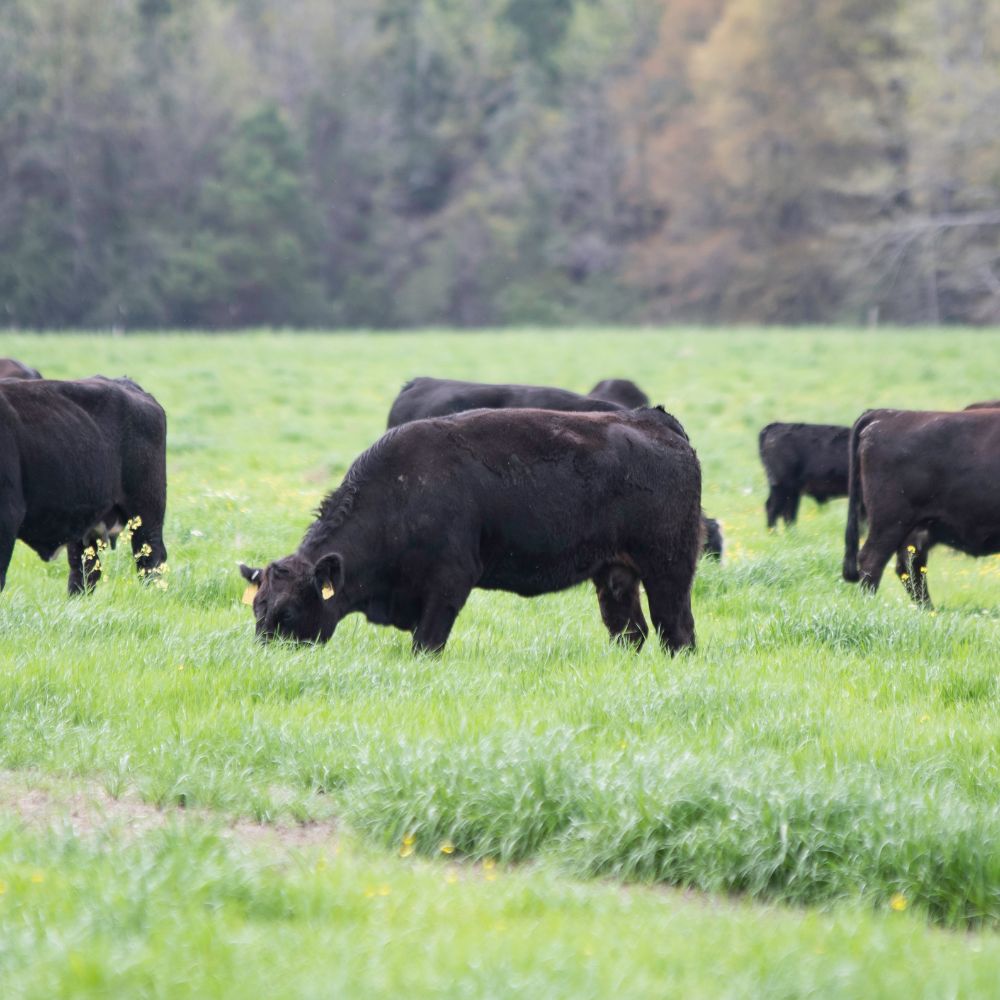The 7-Minute Rule for Bagley Risk Management
The 7-Minute Rule for Bagley Risk Management
Blog Article
The Best Strategy To Use For Bagley Risk Management
Table of ContentsAn Unbiased View of Bagley Risk ManagementThe Ultimate Guide To Bagley Risk Management3 Simple Techniques For Bagley Risk ManagementBagley Risk Management Fundamentals ExplainedSome Known Incorrect Statements About Bagley Risk Management The Greatest Guide To Bagley Risk Management
When your contract reaches its end day, the last price is determined using the CME Feeder Cattle Index. If the index drops below your agreement's protection price, you might be paid the difference.Livestock Danger Security (LRP) is a USDA subsidized insurance program that helps shield manufacturers from the risks that come from market volatility. With LRP, producers are able to insure a flooring cost for their livestock and are paid an indemnity if the market value is less than the insured price.
This product is meant for. LRP insurance.
Little Known Questions About Bagley Risk Management.

In the last number of months, numerous people at FVC and PCM have obtained inquiries from manufacturers on which threat monitoring tool, LRP vs. Futures, is better for a pork producer? Like many tools, the answer depends on your procedure's goals and situation. For this version of the Dr.'s Corner, we will examine the scenarios that often tend to favor the LRP tool.
In Mike's analysis, he compared the LRP computation versus the future's market close for every day of the previous twenty years! The percentage expressed for every month of the given year in the first area of the table is the percentage of days in that month in which the LRP computation is reduced than the futures close or in other words, the LRP would potentially compensate greater than the futures market - https://andrewbagley62685.wixsite.com/bagleyriskmng. (Livestock risk protection insurance)
As an instance, in January 2021, all the days of that month had LRP potentially paying more than the futures market. On the other hand, in September 2021, all the days of that month had the futures market possibly paying greater than LRP (no days had LRP lower than futures close). The tendency that dawns from Mike's analysis is that a SCE of a LRP has a higher possibility of paying much more versus futures in the months of December to May while the futures market has a greater likelihood of paying a lot more in the months of June to November.
Some Of Bagley Risk Management

50 or $5. 00). As an example, in 2019, LRP was better or within a $1. 25 of the futures market over 90% of the days in all the months except June and August. Table 2 illustrates the typical basis of the SCE LRP estimations versus the future's close for the provided amount of time annually.
Again, this information supports a lot more likelihood of an SCE of a LRP being much better than futures in December with May for a lot of years. As a typical caution with all evaluation, past efficiency is NO assurance of future efficiency! It is critical that manufacturers have accounting protocols in place so they know their expense of production and can better figure out when to utilize threat monitoring devices.
Bagley Risk Management for Dummies
Some on-farm feeders might be considering the requirement for rate defense at this time of year on calf bones maintained with the intent to feed them to a surface weight at some time in 2022, making use of readily available feed resources. In spite of strong fed livestock rates in the present neighborhood market, feed expenses and current feeder calf values still create limited feeding margins relocating ahead.
The existing typical public auction cost for 500-600 extra pound steers in Nebraska is $176 per cwt. This recommends a break-even rate of $127. The June and August live livestock agreements on the CME are presently trading for $135.
Cattle-feeding ventures often tend to have limited margins, like many farming business, as a result of the affordable nature of the organization. Cattle feeders can bid a lot more for inputs when fed cattle costs rise. https://www.magcloud.com/user/bagleyriskmng. This boosts the cost for feeder cattle, particularly, and rather raises the rates for feed and other inputs
5 Easy Facts About Bagley Risk Management Described
Areas much from significant handling centers often tend to have an adverse go to my blog basis. It is necessary to keep in mind that local results also influence basis values for 500-600 extra pound steers in the autumn. For example, Nebraska cattle are close to significant processing centers. As a result, basis is favorable or absolutely no on fed livestock across much of the state.
Only in 2020 did the LRP protection rate exceed the finishing worth by enough to cover the premium cost. The net impact of having this LRP protection in 2019-20 was considerable, including $17.
37 The producer premium declines at lower protection degrees however so does the protection rate. The impact is a reduced internet result (indemnity premium), as protection degree declines. This reflects reduced efficient degrees of security. Due to the fact that manufacturer premiums are so reduced at reduced coverage degrees, the producer loss ratios (indemnity/premium) increase as the protection degree decreases.
The smart Trick of Bagley Risk Management That Nobody is Discussing
In basic, a producer should look at LRP protection as a system to safeguard outcome price and succeeding revenue margins from a danger administration point ofview. Nevertheless, some producers make a case for insuring at the reduced levels of protection by concentrating on the choice as a financial investment in risk management protection.

Report this page